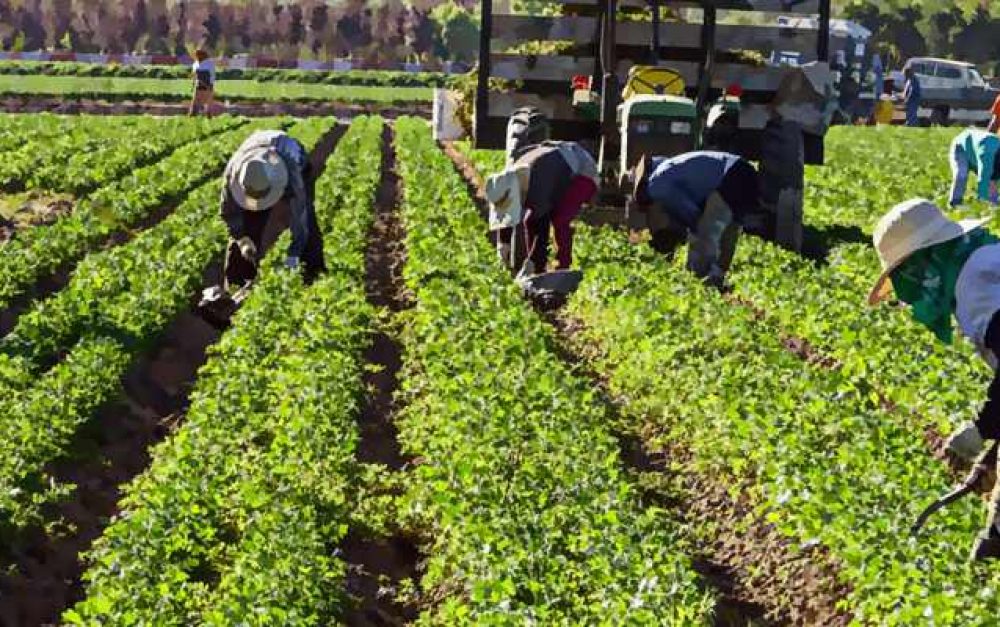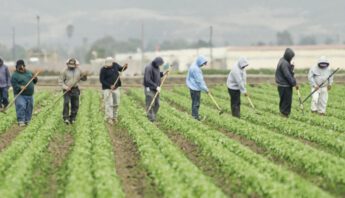Advocates press for better notification & protections
For Immediate Release: June 27, 2017
Salinas, CA – A major pesticide drift incident that sent 18 farmworkers to the hospital illustrates the need for new rules that provide more stringent notification policies and stronger protections for fieldworkers and neighboring communities.
The workers appear to have been exposed to a mixture of pesticides, potentially more potent in combination, applied to two nearby fields about six hours before the workers started their 4:30am shift planting celery. Six men and a dozen women ranging in age from 20- to 53-years-old entered the hospital with complaints of dizziness, nausea and abdominal pains. Long-term effects are unknown. This was the second major pesticide exposure incident in the last six weeks – in May, more than 50 cabbage workers were sickened after being exposed to pesticides just south of Bakersfield.
One of the four pesticides to which workers in South Salinas were likely exposed – DuPont’s Lannate (primary ingredient: methomyl) – is highly acutely toxic, a known cholinesterase inhibitor, which disrupts function of the nervous system, and also a suspected hormone disruptor. Another – Pounce (primary ingredient: permethrin) – is classified as a likely carcinogen by the U.S. EPA and is also a suspected endocrine disruptor. The Monterey County Agricultural Commissioner’s office indicated there was no obvious pesticide application violation, raising community concerns that current laws do not adequately protect field workers from exposure to hazardous pesticides applied to nearby fields.
Cesar Lara, executive director of the Monterey Bay Central Labor Council, and steering committee member of Californians for Pesticide Reform (CPR), issued the following statement on behalf of both organizations:
“Time and time again farmworkers are exposed to hazardous pesticides without adequate information or protections in place. At a very basic level, easily accessible and bilingual information about applications should be available online and posted on-site, so workers and neighboring communities can take steps to protect themselves and their families from pesticides that drift in the air or on the plants they tend.
The incident also highlights the need for greater protections for farmworkers and rural communities. Moving forward, county and state officials should adopt health-protective, no-spray buffer zones around fields where workers labor and help growers transition to safer pest control methods.”
Contacts:
Mark Weller, CPR, 831-325-1681, mark@pesticidereform.org
Paul Towers, PAN, 916-216-1082, ptowers@panna.org
###







